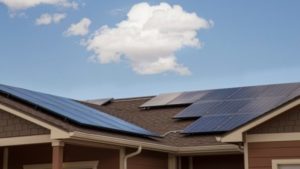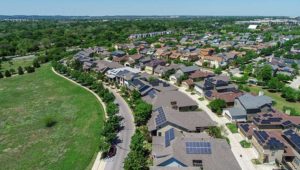As rooftop solar continues to boom around Australia, an increasing number of households are coming up against strict limits to the amount of energy they are allowed to export to the grid, with many finding that they cannot export their solar at all.
The practice, called solar export limiting, is not a new one. Australian network service providers have been progressively introducing solar export limits for years on their grids, and say it is needed as a way of heading off voltage stability problems in areas of high rooftop PV penetration.
A rooftop solar system’s grid export limit is determined by the local electricity network operator – sometimes on a case-by-case basis, sometimes according to an across-the-board standard, and typically at around 5kW.
But as more and more solar is installed on ageing grids designed and built to carry electricity one way only, networks are tightening their limits on solar exports and consumers are rapidly losing one of the key incentives for investing in the first place – feed-in tariff payments.
According to Andy McCarthy, whose hugely successful Gippsland Solar business was acquired by RACV Solar in late 2019, on certain solar-heavy parts of Victoria’s Powercor grid, as many as one in three installation jobs are being either heavily restricted or limited to zero.
And while for the networks, this is a ready and ratchet-able solution to a problem that has manifested itself far quicker than they had anticipated, for consumers who are relying on a feed-in tariff for a good rate of return on their investment, export limiting is a problem – particularly with new inverter standards looming that could act as another layer of curtailment (but that is another story).
To read the original version of this story on RenewEconomy sister site One Step Off The Grid, please click here.










